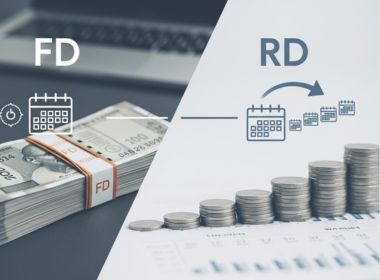Search Suggestions
- Gold Loan
- Money Transfer
- Mutual Funds

Health Insurance for Rural India
Access to quality healthcare has always been challenging for rural India, which comprises more than 70% of the total population. Whether it's a viral infection, critical illness or an accident, India's rural population is vulnerable to various health-related risks. Even though India's rural population makes up a massive proportion of the total population, the low penetration of health insurance schemes proves that the market remains largely unexplored.
Be it due to a lack of hygiene, lack of good medical facilities, or proper nutrition for those below the poverty line, the rural part of India faces numerous challenges regarding health insurance in rural areas. Most rural households lack the concept of structured savings, which leads them to a situation where one has to choose between health and financial stability. If the health insurance premiums are too high, the rural population might rethink the idea of buying insurance policies for themselves and their families. Hence, the kind of health insurance schemes offered to this untapped market become crucial in helping increase penetration.
The Government of India has launched several health insurance schemes for the rural population to deal with various healthcare issues. Some of the health insurance schemes are explained further.
Aam Aadmi Bima Yojana (AABY)
The Aam Aadmi Bima Yojana is one of the rural health insurance schemes introduced by the Government of India to provide social security to landless households and families below the poverty line. The scheme is meant for beneficiaries involved in certain vocations, including fishing, weaving, carpentry, etc. The Aam Aadmi Bima Yojana offers life and disability insurance to the beneficiaries and partial compensation for the loss of wages due to death or disability. Apart from insurance coverage, the scheme provides scholarship benefits for the education of the children of the insured. Since its introduction, the scheme has provided financial assistance to rural communities and reduced economic vulnerabilities associated with healthcare emergencies.
Rashtriya Swasthya Bima Yojana (RSBY)
The RSBY scheme, an acronym for Rashtriya Swasthya Bima Yojana, is a health insurance scheme for providing assistance in rural areas. The scheme was launched in 2008, especially for people working in the unorganised sector. It is estimated that almost 93% of the total population of India works in the unorganised sector; hence the scheme was introduced to bridge the gap. The scheme gives hospitalisation coverage of up to INR 30,000 annually for a family of five. One of the key advantages of availing of the RSBY scheme includes its cashless facility, where the beneficiaries do not have to pay upfront for medical services under the scheme. The scheme also provides coverage for transportation costs, making it effortless for the insured to reach healthcare facilities in remote areas.
Pradhan Mantri Jan Arogya Yojana (PMJAY)
The Pradhan Mantri Jan Arogya Yojana, also known as Ayushman Bharat or National Health Protection Scheme, is one of India's largest health insurance schemes that gives coverage against secondary and tertiary hospitalisation charges. The scheme covers up to INR 5 lakh per family per year with cashless transactions at both public and private hospitals. The PMJAY scheme covers a wide range of medical conditions, including pre-existing ones, ensuring comprehensive healthcare insurance for rural areas in India. The scheme also promotes a paperless and cashless mode of transaction that ensures transparency and efficiency in healthcare delivery in every part of the country.
Pradhan Mantri Suraksha Bima Yojana (PMSBY)
With an aim to enhance the healthcare insurance penetration in India, which was only 20% in 2016, the Government of India launched the Pradhan Mantri Suraksha Bima Yojana. The scheme covers individuals between 18 to 70 years with a savings bank account for accidental death and disability. The health policy provides accidental death and full disability of up to INR 2 lakh and partial disability of INR 1 lakh against INR 12 per annum. The premium amount gets deducted from the beneficiary’s bank account through the auto-debit facility.
Universal Health Insurance Scheme (UHIS)
The Universal Health Insurance Scheme was launched in 2003 to support the poorest section of society. The UHIS scheme was launched as a part of the Universal Health Assurance Mission (UHAM) and is open to offering healthcare assistance to people living below the poverty line. The UHIS scheme can be purchased by both individuals and groups aged between 5 to 70 years. Accidental disability, hospitalisation and a lot of other facilities are covered under the UHIS scheme. However, the health insurance policy premium depends largely on the size of the family and the number of individuals insured.
Suggested Read: Best Insurance Policy & Plan- Muthoot Insurance Brokers
People in rural India cannot afford regular health insurance policies due to many financial and educational limitations. With feasible premiums and substantial insurance coverage, the various health insurance schemes introduced in rural areas by the Government of India are aimed at providing health insurance to every citizen of India. The various health insurance schemes by the Government of India have played a crucial role in extending healthcare access and financial protection to marginalised communities.
- Insurance
- Group Insurance
- Health Insurance
- Home Insurance
- Vehicle Insurance
- Life Insurance
- Travel Insurance
- Shop Insurance
CATEGORIES
OUR SERVICES
-

Credit Score
-

Gold Loan
-

Personal Loan
-

Cibil Score
-

Vehicle Loan
-

Small Business Loan
-

Money Transfer
-

Insurance
-

Mutual Funds
-

SME Loan
-

Corporate Loan
-

NCD
-

PAN Card
-

NPS
-

Custom Offers
-

Digital & Cashless
-

Milligram Rewards
-

Bank Mapping
-

Housing Finance
-

#Big Business Loan
-

#Gold Loan Mela
-

#Kholiye Khushiyon Ki Tijori
-

#Gold Loan At Home
-

#Sunherisoch
RECENT POSTS
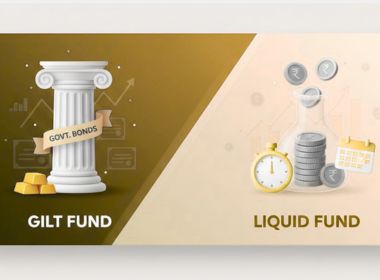
Gilt Fund vs Liquid Fund: Full Form, Meaning & SIP Guide
Know More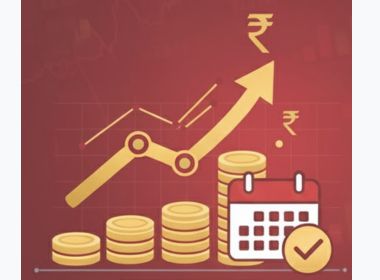
XIRR in Mutual Funds & SIP: Full Form, Meaning, Formula and How to Calculate
Know More
7 Key Factors to Consider Before Taking an SME Loan
Know More
Difference Between Black Gold and Gold: Everything You Need to Know
Know More
NPS vs EPF: Everything You Need to Know About Retirement Savings
Know More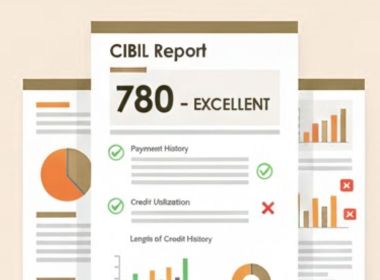
What is a Credit History? Impact on Credit Score and Credit Report
Know More
Loan Closure Vs. Loan Settlement: Meaning, Benefits, and CIBIL Score Impact
Know More
Is Silver the New Gold? A Look at 2025 Price Trends
Know More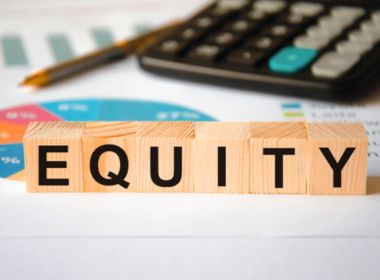
What Are the Various Types of Equity Funds and How They Work?
Know More
Why Are Gold Loans Becoming the Most Preferred Financial Option in 2025?
Know MoreFIN SHORTS

What Are Co-Pay and Deductibles in Insurance Policies?
Know More
Should You Take a Loan Against Your Mutual Fund or SIP?
Know More
Top 5 Best Mid-Cap Mutual Funds to Watch in 2026
Know More
Are Personal Loans Right for Retirees? Key Points to Consider
Know More
What Happens to a Personal Loan After the Borrower Dies?
Know More
Best Loan Choices for Credit Scores of 580 and Below
Know More
7 Reasons Why a Gold Loan Is the Best Option for Small Businesses
Know More
10 Reasons Why People in India Prefer Physical Gold
Know More
Real Estate vs Gold: Which Is a Better Investment in India?
Know More
10 Common Mistakes That Make Investors Lose Money in Mutual Funds
Know More
10 Reasons Why Gold Has So Much Appeal in Uncertain Times
Know More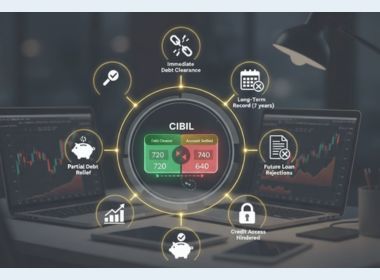
7 Ways Settling Debt Can Impact Your CIBIL Score
Know More- South +91 99469 01212
- North 1800 313 1212



